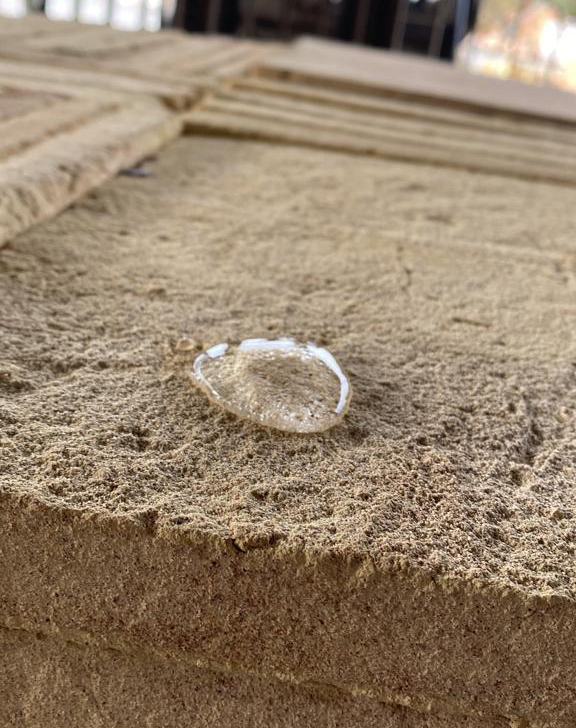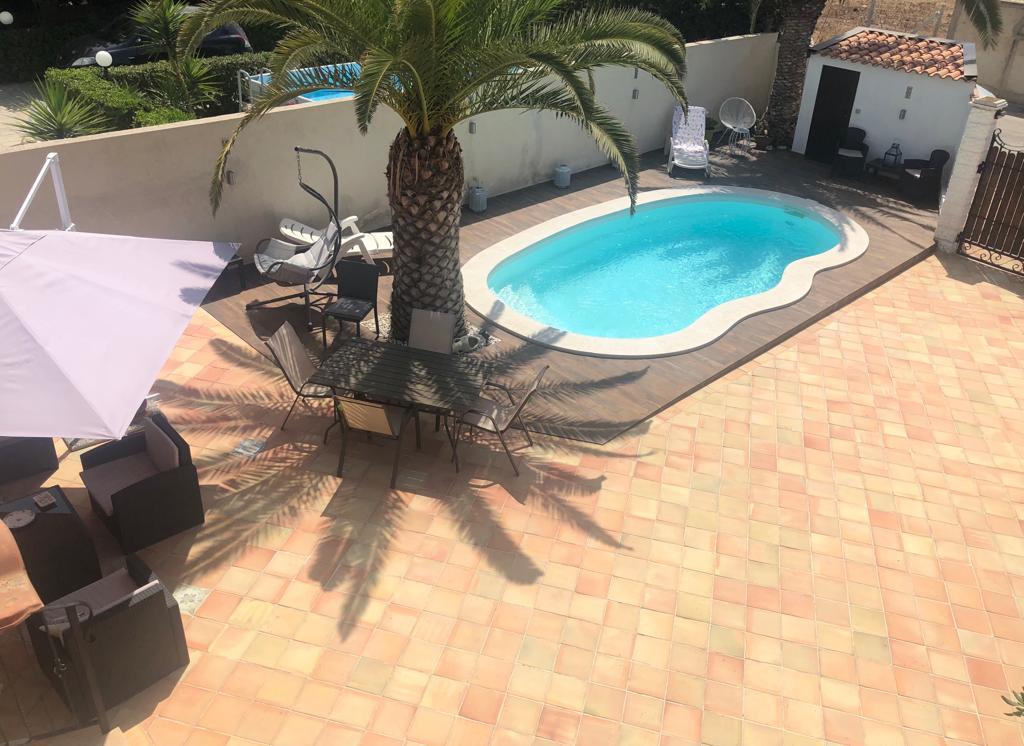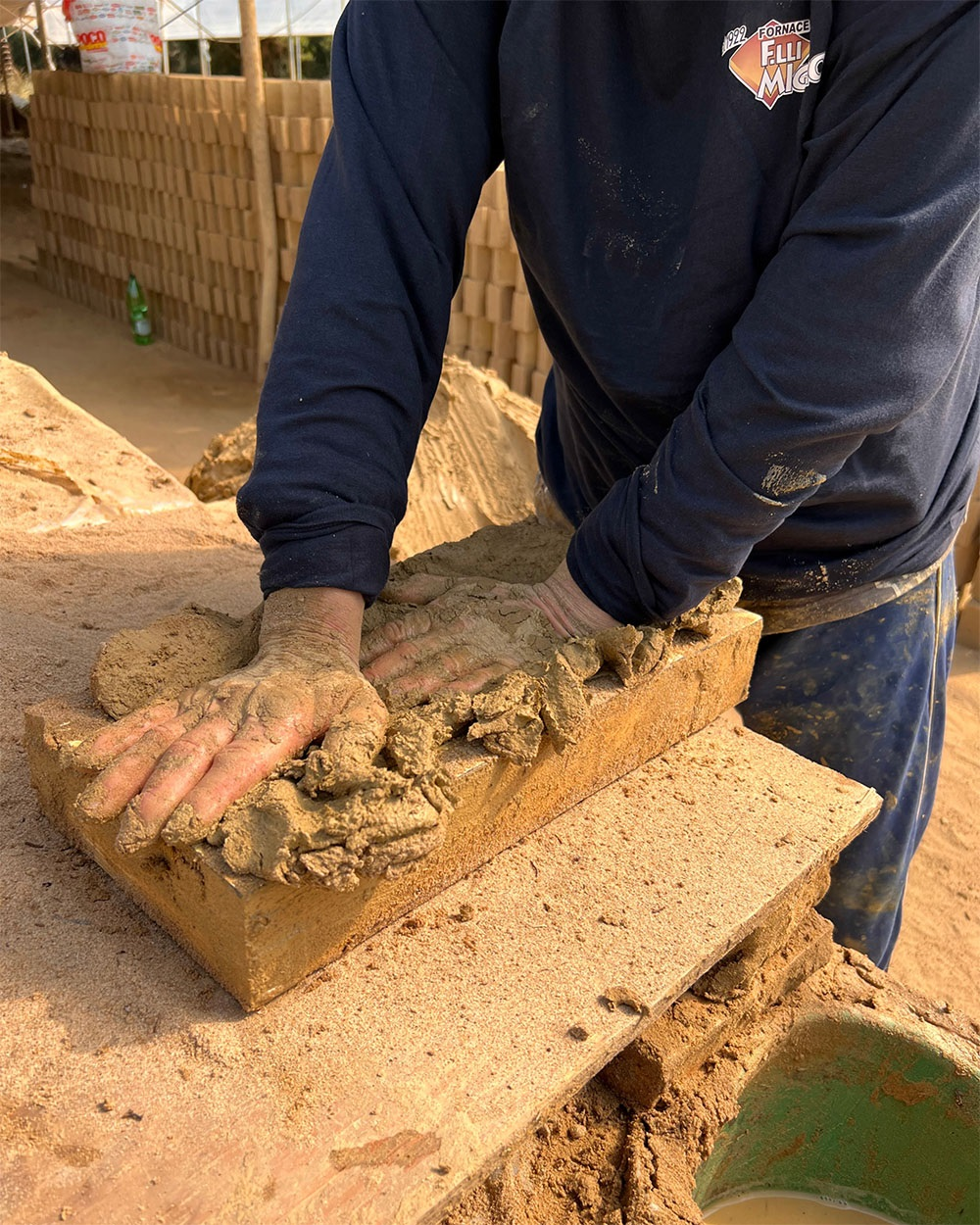The importance of
pretreatment
The bricks, after putting in place, undergo inevitable degradation processes
caused by the conditions of imbalance that occur according to the environment
to which they are exposed. Protective interventions are intended to decrease the
The direct causes of this degradation as possible.

The protection implemented with chemicals It aims to reduce the penetration of water in the liquid phase within the porous structure of the support. The protective, in fact, increases the surface tension, reducing the wetting of the brick.
The functionality of These treatments are strongly conditioned by the characteristics of the support on which they are applied: Chemical and mineralogical composition, structure, texture, porosity and any physical discontinuity.
Among these, porosity is certainly the characteristic that most conditions the behavior of protective.
In the case of materials such as very porous bricks, the protective will tend to penetrate the capillary network, making it less hydrophilic and physically reducing its porosity, The functionality of the protective applied will be directly proportional to the degree of penetration.

Cover your house withe the colors of Sicily
Main requirements
that a protective must possess
- minimum influence on the optical properties of the support;
- stability to the aggressive action of the environment;
- adaptability to U.V.
- water steam permeability;
- absence of harmful by -products;
- water waterproof;
- Easy applicability.
Currently, synthesis products are used which should guarantee good efficiency, durability of performance and constancy of their chemical-physical characteristics.
Considering our field of interest, we have examined only the chemical category of the water -repellent siloxanes, which allow The protection of tiles without compromising the spread of water vapor.
From a chemical point of view, the siloxanes have intermediate properties between organic and inorganic compounds with a molecular skeleton consisting of Sio to which organic groups of various kinds are linked. THE Silossanii They differ from other synthetic polymers in their good thermal and oxidative stability, for their inertia towards atmospheric agents and for their dielectric qualities.
